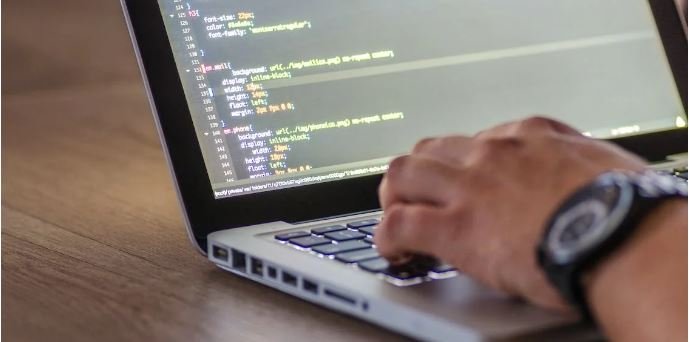Administrator/Developer
The job responsibilities of an Administrator/Developer can vary depending on the specific platform or technology they are working with. Here are the top 20 job responsibilities that are generally associated with the role of an Administrator/Developer:
- System Configuration:
- Configure and maintain system settings, ensuring optimal performance and adherence to security standards.
- User Management:
- Manage user accounts, permissions, and access levels within the system.
- Troubleshooting:
- Identify and resolve system issues, providing technical support to end-users.
- Software Development:
- Develop and implement software solutions, including writing, testing, and debugging code.
- Database Management:
- Administer and maintain databases, ensuring data integrity and optimal performance.
- Security Administration:
- Implement and enforce security measures, including access controls and encryption, to protect system data. Administrator/Developer
- Software Updates and Patching:
- Keep software applications and systems up-to-date by applying patches and updates.
- Automation:
- Implement automation scripts or tools to streamline repetitive tasks and improve efficiency.
- Collaboration:
- Collaborate with other team members, including developers, system administrators, and IT professionals. Administrator/Developer
- Backup and Recovery:
- Develop and execute backup and recovery plans to safeguard system data.
- Performance Monitoring:
- Monitor system performance and optimize configurations for better efficiency.

- Documentation:
- Create and maintain technical documentation, including system configurations, processes, and troubleshooting guides.
- Integration:
- Integrate different systems and applications to ensure seamless data flow and communication.
- Compliance:
- Ensure compliance with relevant regulations and standards in system development and administration.
- Scripting:
- Write scripts (e.g., PowerShell, Bash) for automation, system monitoring, and task scheduling.
- User Training:
- Provide training to end-users on system features, best practices, and troubleshooting procedures.
- Collaborative Development:
- Participate in collaborative development efforts, working closely with the development team to achieve project goals.
- Environment Management:
- Manage development, testing, and production environments, ensuring consistency and reliability.
- Vendor Management:
- Interact with software vendors for support, issue resolution, and updates.
- Continuous Improvement:
- Identify opportunities for process improvement and implement changes to enhance system performance and reliability.
The specific responsibilities can vary based on the technology stack, industry, and organization. An Administrator/Developer typically needs a combination of system administration skills and development expertise to effectively manage and enhance the functionality of a system or application.
